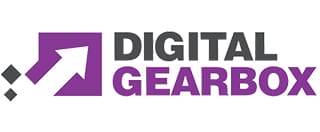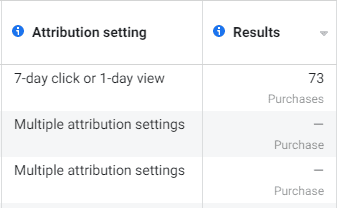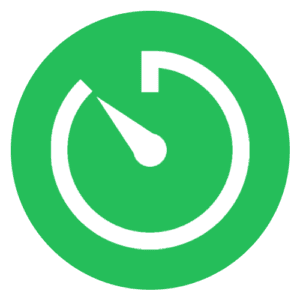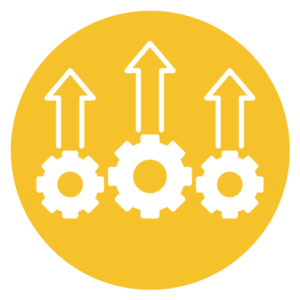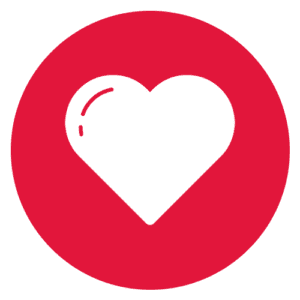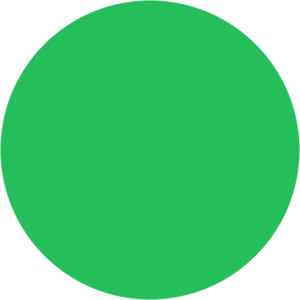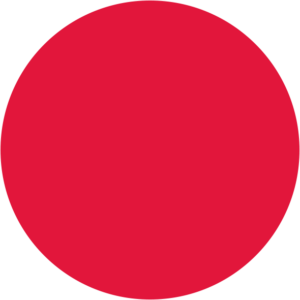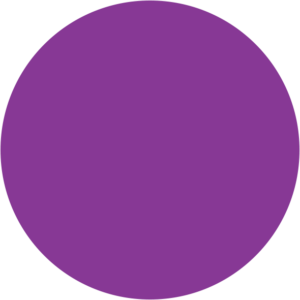You may have heard lots of chatter online about the impact of Apple’s iOS 14 on Facebook Ads.
Well there’s a lot of confusion out there, so we thought we’d put together an easy-to-understand guide.
We’ll cover what’s happened, why it’s happened, how it’ll impact your advertising efforts, and what you should do next. All in an easy-to-read Q&A format.
So … what’s actually happened?
Apple wants its users to have greater control over how their data is used. To support this, they’ve begun to require apps — including Facebook — to ask for permission before tracking their users.
If an iOS 14 user opts not to allow tracking, then the app will be unable to track that person’s behaviour or show them personalised ads.
It’s expected some significant number of iOS 14 users will opt out of tracking … although no one knows for sure just how many that will end up being.
What does that mean for how I target my ads?
Put simply, the size of your audiences may shrink.
Any iOS 14 users who opt out of tracking cannot be targeted by their interests or demographic details whilst using the Facebook app. Nor will you be able to remarket to them.
And what does this mean for conversion tracking?
Exactly what you expect: if Facebook can’t track what a user is doing, it also can’t track if they convert.
So you’ll lose some visibility of how your ads are performing.
To combat this, Facebook will use statistical modelling to estimate how many conversions your ads generate.
Anything else I need to be aware of?
Yeah, a few things.
First: Facebook is changing their attribution window options.
Secondly, they’re limiting advertisers to only 8 conversion events per pixel/domain.
And third — there will be some further reporting limitations.
Okay, blimey. Let’s take these one at a time. First — attribution window changes?
The old default for Facebook Ads was 28-day click or 1-day view.
What this meant was that Facebook would report any conversion action taken by a user within either 28 days of an ad being clicked on, or within 1 day of an ad being viewed.
This option is now gone for all active and new campaigns. The new options are:
- 7-day click only
- 1-day click only
- 7-day click or 1-day view
- 1-day click or 1-day view
Use this as an opportunity to think about which of the four attribution windows you want to use in your account. Each has its advantages and disadvantages.
You should be aware the 7-day click window is the new default — and your active ad sets will in theory all have been changed to this automatically.
We say “in theory”, as we’ve actually found a large number of our ad sets were set to 7-day click or 1-day view.
You should check your ad sets to confirm what attribution window they’re now using.
Check my ad sets? I thought attribution window was set at campaign level?
That’s something else that has changed: all attribution windows are now set per ad set, no longer per campaign.
A consequence of this: if a campaign has multiple ad sets with different attribution windows, you will not be able to view conversion data for that campaign at the campaign level.
Only active ad sets are being automatically updated to the 7-day click window, so any inactive ad sets will retain their previous attribution windows.
Which means you’ll likely have a mix of different windows within any given campaign. So you’ll no longer be able to view your conversion data at the campaign level for those campaigns.
Here’s an example taken from an account we manage:
In the top campaign, all ad sets have been set to the 7-day click or 1-day view window, which allows us to view the number of purchases at the campaign level.
However, the two campaigns beneath it have ad sets with a mix of attribution windows, so we’re unable to view the number of purchases for those campaigns at this level.
If we want to regain the ability to view conversion data at the campaign level for those two bottom campaigns, we’ll need to go through and manually update all ad sets in them so they’re all using the same attribution window.
Just be aware: if you do this, you may lose visibility of some historic conversions.
And what impact will this attribution window have on my conversion data?
You may find you end up recording fewer conversions, even from non-iOS 14 users.
For example, if someone clicks on your ad and then converts 8 days later, it’ll no longer record as a conversion within Facebook Ads.
And if you decide to stick with the 7-day click only window, then view-through conversions — again, these are conversions that take place after a user has seen but not clicked on an ad — will no longer be recorded at all.
It’s also worth noting this change has been backdated for all active ad sets. You won’t be able to view conversions outside of the 7-day click window for historic data.
For one of the businesses we work with, this has removed visibility of 9% of historic conversions. The exact effect may be greater or lesser for other businesses, depending on account settings and industry.
Phew. That’s a lot to take in.
It is! But the good news is we’re past the most complicated bits. It gets easier from here, I promise.
So, 8 conversion events per pixel?
Yup, Facebook is now only allowing a maximum of 8 conversion events per pixel/domain.
If you’re tracking more than 8 conversion events, Facebook will choose which to keep and which to bin.
We’d advise checking which conversion events are still active, to ensure you’re still tracking the most valuable actions people can take on your site.
And what are the reporting limitations we need to be aware of?
So we’ve already talked about losing visibility of actions taken by iOS 14 users who have opted out of tracking.
We’ve also covered how conversion data won’t be shown at campaign level if you have multiple ad sets with different attribution windows.
And we’ve explored how attribution windows are smaller than they used to be.
Those are the biggies, but a couple of other things you should know about:
- Data reporting may not be real time. It can now take up to 3 days for a conversion to show in your data.
- You’ll lose some (perhaps even all) of the ability to breakdown performance data by delivery or action.
So what should I do about all of this?
Here’s a few steps we recommend you take:
- If you haven’t already, verify your website’s domain. You can read how to do that here.
- Review your conversion events. If you’ve had more than 8 in the past, ensure you now only have the 8 most valuable ones live.
- Review the attribution window of your ad sets. Ensure they’re all set to the window you think is most valuable to you as an advertiser.
- If you want to view campaign-level conversion data, set all ad sets within the campaign to the same attribution window. (Be aware this may remove visibility of historic performance, so consider downloading the data before making the change.)
In the longer term, you’ll need to think about how current and future performance data might be different from the historic results you’re used to seeing.
It’s a lot to think about. I might need some help…
Well, why not get in touch with us here at Digital Gearbox? We’re a friendly bunch, and we’re Facebook Ads experts to boot.
Just head on down to our Contact Us page and send us a message.
